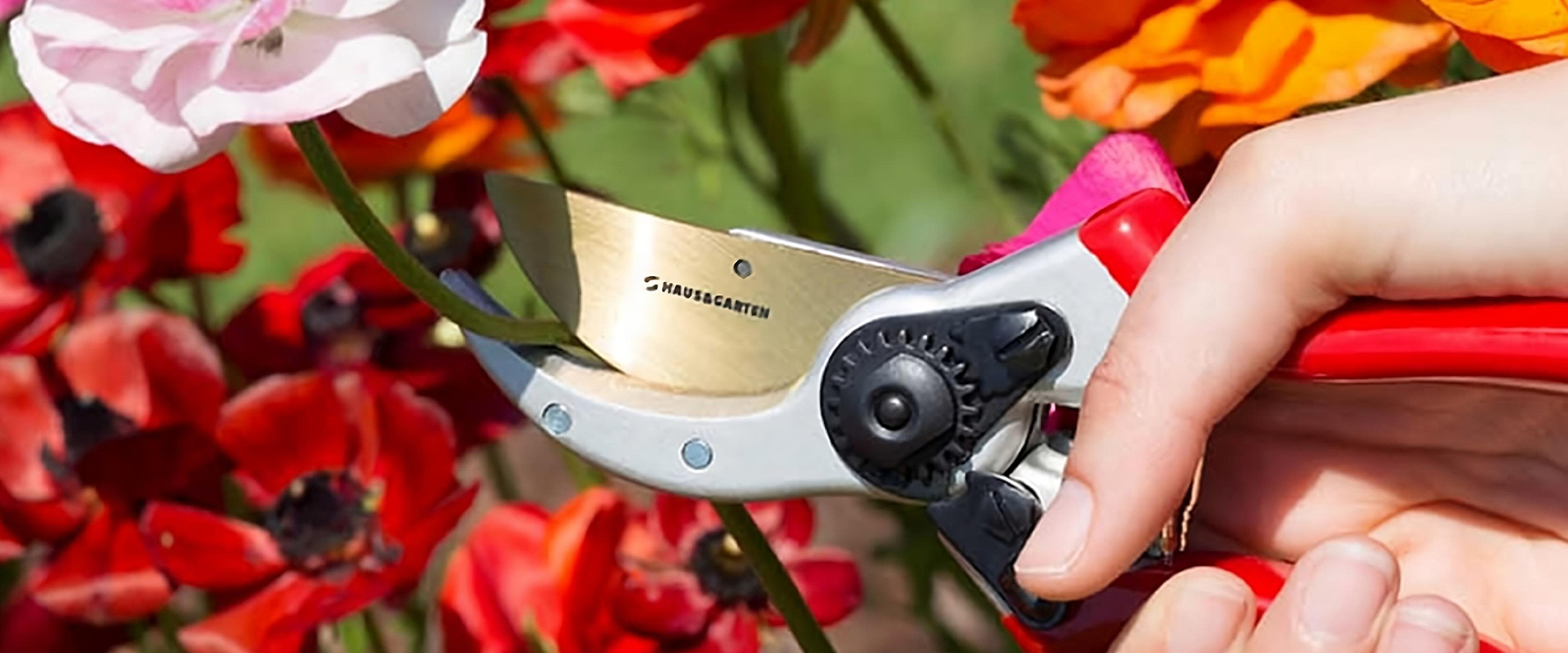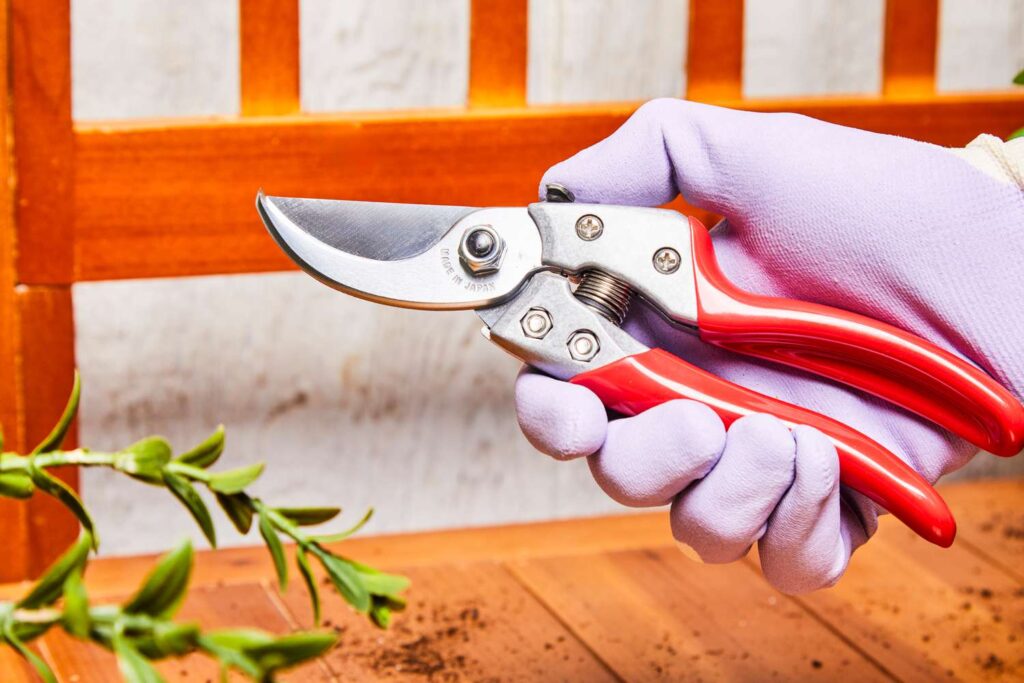blog
How to Choose the Best Shears for Delicate Plants
When it comes to gardening, one of the most crucial tasks is maintaining your plants in the best possible condition. Whether you’re trimming back spent flowers, shaping bushes, or removing dead foliage, choosing the right shears for delicate plants is essential to ensure clean cuts, prevent plant damage, and promote healthy growth. But with so many different types of shears available, how do you choose the best ones for your delicate plants?
In this comprehensive guide, we will explore the key factors to consider when selecting shears, the different types of shears available, and how to use them effectively to keep your plants in top shape. By the end of this article, you’ll have the knowledge you need to make an informed decision and care for your delicate plants with confidence.
Why Choosing the Right Shears Matters
Shears are an essential tool in any gardener’s toolkit. They’re used for a variety of purposes, including cutting back plants, shaping hedges, and removing dead or diseased growth. When dealing with delicate plants, however, the wrong type of shears can do more harm than good.
Here’s why choosing the right shears is crucial:
- Clean Cuts: Delicate plants have thin stems and fragile branches that can easily be damaged by dull or incorrect shears. Clean cuts are essential for the plant’s health, as ragged edges can invite pests, diseases, and infection.
- Reduced Stress: Improper trimming can stress delicate plants, affecting their ability to heal and grow. Using the right shears minimizes this stress and ensures that the plant can bounce back quickly.
- Shape and Aesthetics: Many gardeners use shears to shape plants, create decorative forms, or control their size. Choosing the right tool ensures that you can achieve the desired shape without causing damage.
The right shears allow you to prune delicate plants efficiently, ensuring that your garden stays healthy, beautiful, and vibrant. But before diving into specific tools, let’s first explore the key factors to consider when choosing shears for delicate plants.

1. Blade Material: Why It Matters
One of the most important factors to consider when choosing shears for delicate plants is the blade material. The quality of the blade directly impacts its sharpness, durability, and the type of cuts it can make.
- Stainless Steel: Stainless steel is a popular choice for gardening shears due to its resistance to rust and corrosion. It’s an ideal material for those working with delicate plants, as it remains sharp for longer periods of time and provides clean cuts. However, stainless steel blades tend to be a bit more prone to chipping if used on very hard or thick materials.
- Carbon Steel: Carbon steel is another excellent material, known for its ability to retain sharpness and provide precise cuts. However, it is more prone to rusting than stainless steel, so it requires proper care and maintenance to prevent deterioration. Carbon steel blades are typically sharper out of the box, making them a good choice for delicate plants that require precision.
- Titanium-Coated Blades: Some high-end shears feature titanium-coated blades, which combine the strength of steel with the durability of titanium. These blades are corrosion-resistant, stay sharp for longer, and are generally more lightweight. Titanium-coated blades are a good option if you want shears that perform well on delicate plants while maintaining longevity.
The choice of blade material will affect not only the sharpness of the cut but also the longevity and ease of maintenance of your shears. If you’re working with delicate plants, choose a blade material that offers sharpness and rust resistance without compromising on strength.
2. Type of Shears: Choosing the Right Design
Shears come in various designs, each tailored to specific gardening tasks. When working with delicate plants, it’s important to choose shears that are designed for precision and control. Let’s look at the most common types of shears:
- Bypass Shears: These are the most common type of shears and are ideal for delicate plants. Bypass shears feature two blades that work like scissors, with one blade passing by the other as they close. This design allows for clean, precise cuts and is excellent for trimming soft stems and delicate flowers without crushing them. Bypass shears are often recommended for pruning live plants, as they create smooth cuts that encourage quick healing.
- Anvil Shears: Anvil shears have a single straight blade that closes against a flat surface (the anvil). While anvil shears are great for cutting through deadwood and woody stems, they are not ideal for delicate plants. The flat surface can crush softer stems, making anvil shears a poor choice for tasks that require precision and care.
- Topiary Shears: If you’re looking to shape delicate plants into specific forms, topiary shears are a great option. These shears feature long, narrow blades that allow for precision cuts. Topiary shears are often used for trimming ornamental plants, hedges, and topiary figures, offering greater control over the cut.
- Pruning Snips: These small, hand-held shears are excellent for fine pruning and deadheading delicate plants like flowers. They offer more maneuverability than larger shears and are perfect for making small, precise cuts without disturbing the surrounding foliage.
For delicate plants, bypass shears and pruning snips are the best choices. They allow you to make clean, controlled cuts without damaging the plant tissue.
3. Ergonomics and Comfort
Gardening can be a physically demanding task, and if you’re using shears for extended periods, comfort becomes a crucial consideration. Poorly designed shears can cause hand fatigue, discomfort, or even injury, especially when cutting delicate plants that require a steady hand.
- Handle Design: The handle design of shears plays a significant role in comfort. Look for shears with ergonomic, padded, or contoured handles that fit comfortably in your hands. A well-designed handle reduces the strain on your fingers, wrists, and arms during long pruning sessions.
- Handle Material: Handles are often made from materials like plastic, rubber, or wood. Rubberized handles provide a non-slip grip, ensuring that you maintain control when working with delicate plants. Wooden handles, while traditional, may not provide as much grip or comfort as modern materials. However, they are still durable and can feel more natural in your hands.
- Weight and Balance: Lightweight shears are easier to control and cause less hand fatigue, which is especially important for delicate plants that require careful handling. Choose shears that are well-balanced to reduce strain on your hands and wrists.
- Adjustable Handles: Some shears offer adjustable handles that can be extended for increased reach. These are ideal for gardeners who may have mobility issues or want to avoid bending over to trim lower plants.
Comfort is key when working with delicate plants, as it allows you to maintain focus and precision. Look for ergonomically designed handles and lightweight materials that will reduce strain during use.
4. Blade Size and Length
The size and length of the blade should match the type of delicate plants you’re working with. Larger shears with longer blades are ideal for cutting through thicker stems and branches, but they may be less suitable for precise work on smaller, more fragile plants. On the other hand, smaller shears with shorter blades are perfect for fine trimming and detailed cuts.
- Shorter Blades: Smaller blades are best for tasks like deadheading flowers, cutting back small branches, or trimming delicate foliage. They offer greater precision, which is crucial when working with delicate plants that can be easily damaged.
- Longer Blades: If you’re dealing with larger plants or bushes, longer blades allow you to cut through thicker stems. However, they require more control to avoid damaging smaller, more delicate sections of the plant.
For delicate plants, shorter blades are generally the best choice. They provide more control and are ideal for making precise cuts without disturbing the surrounding plant.

5. Maintenance and Care
Proper maintenance and care of your shears are essential to keep them performing at their best. Dull blades can cause jagged cuts, damaging delicate plants and potentially inviting pests or diseases. Regular cleaning and sharpening of your shears will ensure that they stay sharp and ready for use.
- Cleaning: After each use, clean your shears by wiping the blades with a cloth to remove sap, dirt, or plant residue. For stubborn buildup, use a brush or a cloth soaked in soapy water.
- Sharpening: Keep your shears sharp by using a sharpening stone or taking them to a professional. A sharp blade is crucial for making clean cuts on delicate plants.
- Lubricating: After cleaning, apply a small amount of oil to the pivot points and blades. This helps prevent rust and ensures smooth operation.
Maintaining your shears not only extends their lifespan but also ensures that they provide clean, precise cuts for delicate plants.
Conclusion
Choosing the right shears for delicate plants is an important decision that can have a big impact on the health and appearance of your garden. By considering factors like blade material, design, comfort, and maintenance, you can select the perfect shears for your needs. For delicate plants, bypass shears with sharp carbon steel or stainless steel blades are usually the best option, providing precision and control while minimizing damage to your plants.
By taking care of your shears and using them correctly, you can maintain your delicate plants in top condition, promoting healthy growth and beautiful blooms. Whether you’re trimming flowers, shaping shrubs, or cutting back plants, the right shears will make all the difference.


